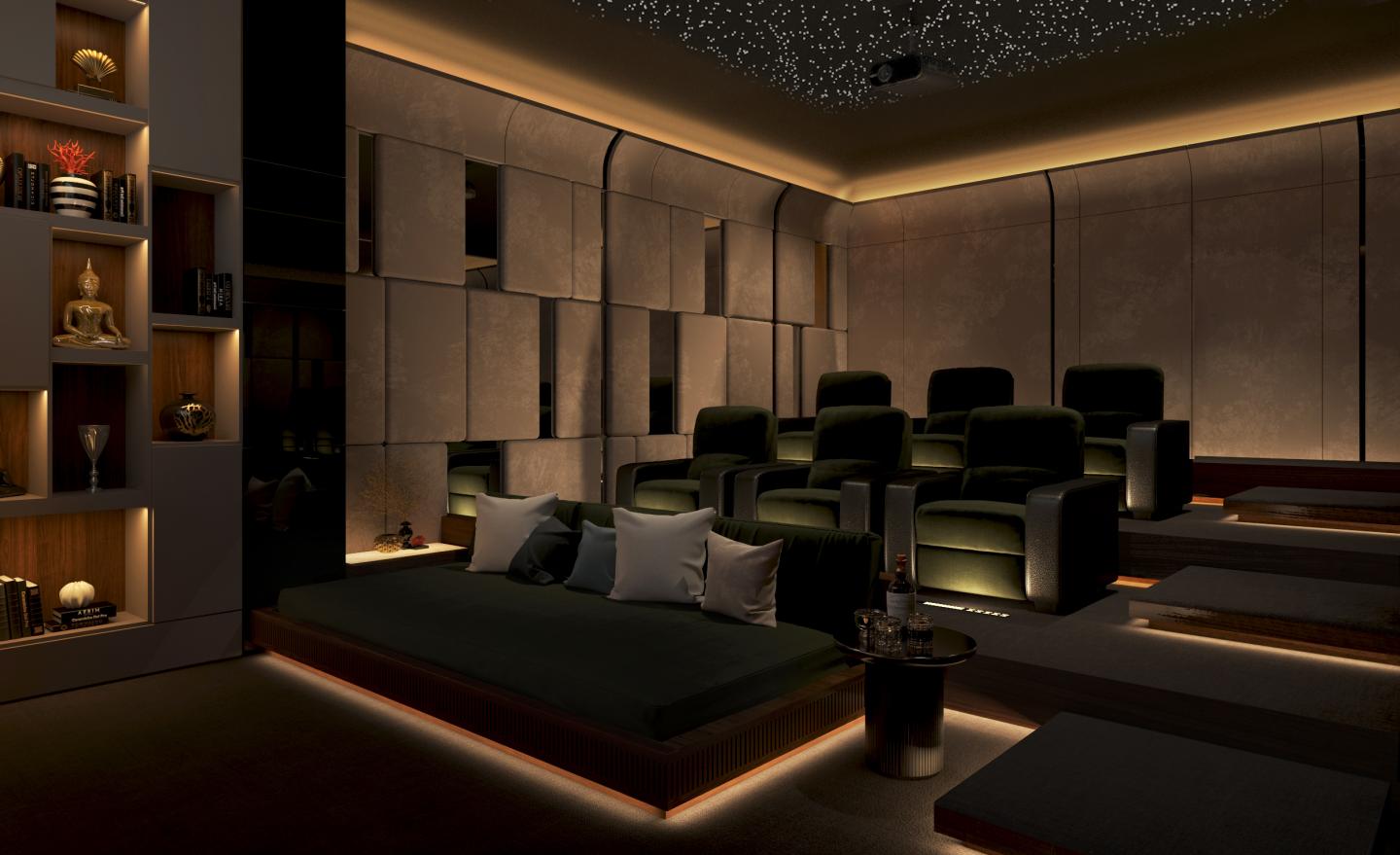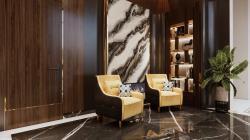Home interiors can be transformed into innovative living spaces by embracing a futuristic narrative through the altering power of smart technology. The integration of cutting-edge innovations and materials plays a pivotal role in shaping the aesthetics and functionality of spaces. As we step into 2024, the spotlight is firmly on the revolutionary domain of smart materials and innovative elements that respond dynamically to environmental stimuli, merging form and function. From dynamic colour-changing surfaces to self-healing materials, each element converges to craft spaces that are static, responsive, intuitive, and alive. Keeping up with the context, Ar. Nikita Bajaj Pathak, Founder and Principal Architect at Design21 elaborates on the state-of-the-art advancements in smart materials that are reshaping and redefining the scope of interior surfaces.
Dynamic Colour-Changing Surfaces
The traditional concept of static colour schemes undergoes a significant shift with the advent of dynamic colour-changing surfaces. Smart materials embedded with microprocessors and responsive pigments enable surfaces to alter their colour in real-time. Whether adapting to ambient lighting conditions or user preferences, these surfaces offer unprecedented flexibility, allowing interior spaces to morph and evolve with a single touch or a change in environmental factors. These surfaces bring an element of fluidity to interior design, creating a design that responds dynamically to its surroundings. The result is an interesting interplay of light and colour, enhancing the aesthetic appeal of interior spaces while offering a unique and personalised visual journey for occupants.
Smart Glass for Privacy
Smart glass merges privacy and transparency within the built environment. With a touch or a programmed command, smart glass transitions from crystal-clear transparency to an opaque state, providing customisable levels of privacy. This sustainable innovation finds its zenith in spaces demanding versatility, such as boardrooms, bedrooms, or contemporary living areas. Beyond its functional prowess, it also adds a touch of sophistication and modernity to interiors, offering an interplay between open and private domains.
Smart Fabrics with Interactive Features
Embedded within the context of smart materials, smart fabrics are infused with sensors and conductive threads, redefining the tactile aspects of interior spaces. For instance, upholstery that intuitively responds to your body's temperature or curtains that gracefully adjust with a simple touch can be achieved through the use of smart fabrics. These materials elevate comfort and functionality to unprecedented levels, creating a dynamic and interactive living experience. From residential to commercial spaces, the integration of smart fabrics reshapes the traditional notion of furnishings, introducing a level of adaptability that aligns with the fast-paced, modern lifestyle.
Self-Healing Surfaces
The advent of self-healing surfaces represents a shift in the world of material innovation. Engineered at a very small scale, these smart materials possess a remarkable ability to autonomously repair minor damages, ensuring the longevity and pristine appearance of interior spaces. Scratches and small dents become a fleeting concern as the material activates its healing mechanism, restoring itself to its original state. This technology not only alleviates maintenance challenges but also elevates the resilience and durability of interior surfaces.
In 2024, smart materials emerge as the vanguard of innovation, stirring up interior surfaces in unprecedented ways. Architects and designers, armed with this palette of possibilities, are poised to create interior environments that are not just static compositions but living, breathing entities that respond to the changing needs and desires of their occupants, inviting us to reimagine the very fabric of our built environment.
2023
..
..









